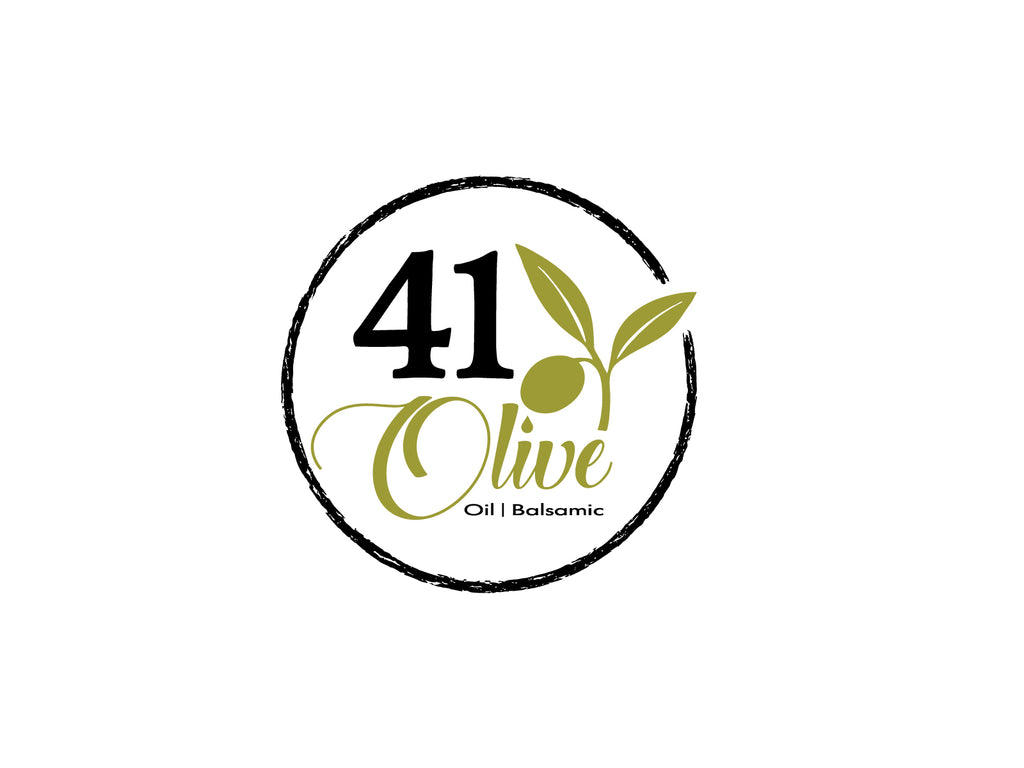Everything You Need to Know About Balsamic Vinegar
In this article, we'll share everything you want to learn about Balsamic Vinegar, including our favorite Traditional Aged Balsamic Vinegar.
Balsamic vinegar may be the single best-kept key in a person's pantry. With the perfect balance of sweet and rich flavors, the centuries-old recipe is very versatile and can be used on salads, sauces, and marinades or drizzled over steaks, strawberries, and even ice-cream!
Where Balsamic Vinegar Started
Originating from the Modena and Reggio Emilia regions of Northern Italy, Traditional Balsamic dates back to the Middle Ages. First documented in a poem written in 1046, today's traditional balsamic vinegar is a highly valued, sought after merchandise known by few but adored by all who have had the opportunity to taste it.
Real Balsamic vinegar has played a major part because its creation. Even more so than today, aged balsamic vinegar was the perfect gift. From royalty gratitude to family heirlooms, balsamic vinegar was once included even in marriage dowries. Today, aged balsamic is still a extremely sought after and appreciated gift that each foodie and chef should get and cherish in their pantry.
Today, Balsamic Vinegar is much more widely available however not all balsamic vinegar products are created equally or even used for the same purposes. Just as in the past, balsamic vinegar must nevertheless be made in Modena so as to be considered a real balsamic vinegar. Even if it is produced elsewhere, no one has the experience in creating this amazing product like the families in Modena.
Different types of Balsamic Vinegar
Balsamic Vinegar- Most balsamic vinegar in the usa is not even balsamic vinegar. Years ago, wine vinegar was imported from Italy and labeled as balsamic vinegar to be marketed in America. This is the balsamic vinegar broadly available at supermarkets and even convenient stores! This balsamic vinegar is typically made up of wine vinegar, some balsamic vinegar, and tons of fillers and preservatives. This balsamic is usually much more acidic and sour with very little to no viscosity.
Balsamic Vinegar Glaze- This type of balsamic vinegar is an attempt to imitate real balsamic vinegar. It is often very sweet due to its ingredients of wine vinegar, sugar, caramels, flavorings, and preservatives. This balsamic is very thick (sometimes overly thick) and although it a treat and great addition to gourmet dishes, it is not the healthiest nor the real deal.
Aged Balsamic Vinegar- This is the form of balsamic vinegar you always want to keep in your pantry. Aged balsamic vinegar is made from 100 percent grape must. Aging in a succession of wooden barrels, the grape must evaporate and thickens. In this time period the grape must also start to take on its profound flavor and sweet notes from the barrels.
Most people equate the longer the aging process the greater the product however this is not the case at all! It is likely (and not unusual ) that you can find a producer that makes an amazing 18 year aged balsamic that is better than any 25 years aged balsamic and also you can find a fantastic 50 year aged balsamic and a not so great 50 year aged balsamic. This all comes down to personal preference and the quality of the balsamic producer.
What is Aged Balsamic Vinegar
Traditional Balsamic Vinegar is made from a reduction of cooked Trebbiano grape juice called grape must and is nothing like the vinegar we find on many grocery store shelves.
Cooking with Balsamic Vinegar
When it comes to using Traditional Aged Balsamic Vinegar we advocate looking to those who understand the product best: the Modenese. Typically, Traditional Balsamic is utilized to groom bitter greens, finish a Parmigiano-Reggiano risotto or pork fillet, to drizzle on aged Parmigiano cheese or a variety of fruits and greens; however, it can also be used for so much more.
Rather than cooking and heating down the syrup, use it to enhance a finished dish. Traditional Balsamic Vinegars are not anything like the watered down, wine-vinegar plaguing the shelves of the supermarket claiming to be"balsamic vinegar". In other words, Traditional Balsamic is a luxury condiment that can bring your cooking abilities to a entirely new level. When used properly, Traditional Balsamic can pair well with just about anything.
The way you should use balsamic when cooking
Use Traditional Aged Balsamic Vinegar as a luxury condiment. Although there are instances to use it in your cooking recipes, it is often best to finish your dish as a final topping.
Examples of when using Balsamic Vinegar makes sense
If you are searching for a great way to flavor those vegetables that you are sauteing at a pan or looking for a sour addition to your marinating meat, then it is best to use the cheap balsamic vinegar together with the major ingredient being wine vinegar.
This is much less viscous and won't mess up your cookware once it heats up. This sort of balsamic vinegar is perfect for what I like to call"splash cooking" where you splash the ingredients from the pan. There is a time and a place for this type of fixing and this type of cooking.
When you are utilizing an aged balsamic vinegar, then you will want to delay the use of the ingredient until toward the end of the recipe,
Instead, use an aged traditional balsamic vinegar just like a luxury condiment. Drizzle just enough over your plated meal to deliver the perfect flavor balance to a huge variety of dishes. You can view our recipes below or create your own recipes using our pairs with outline here.
From slow marinades, to fast snacks and salads Balsamic Vinegar can be spice daily cuisine.
Probably the most common use of balsamic vinegar in the United States is for salads. Summer salads are very popular for both making balsamic vinaigrettes and utilizing balsamic vinegar and olive oil straight on the salad blend.
